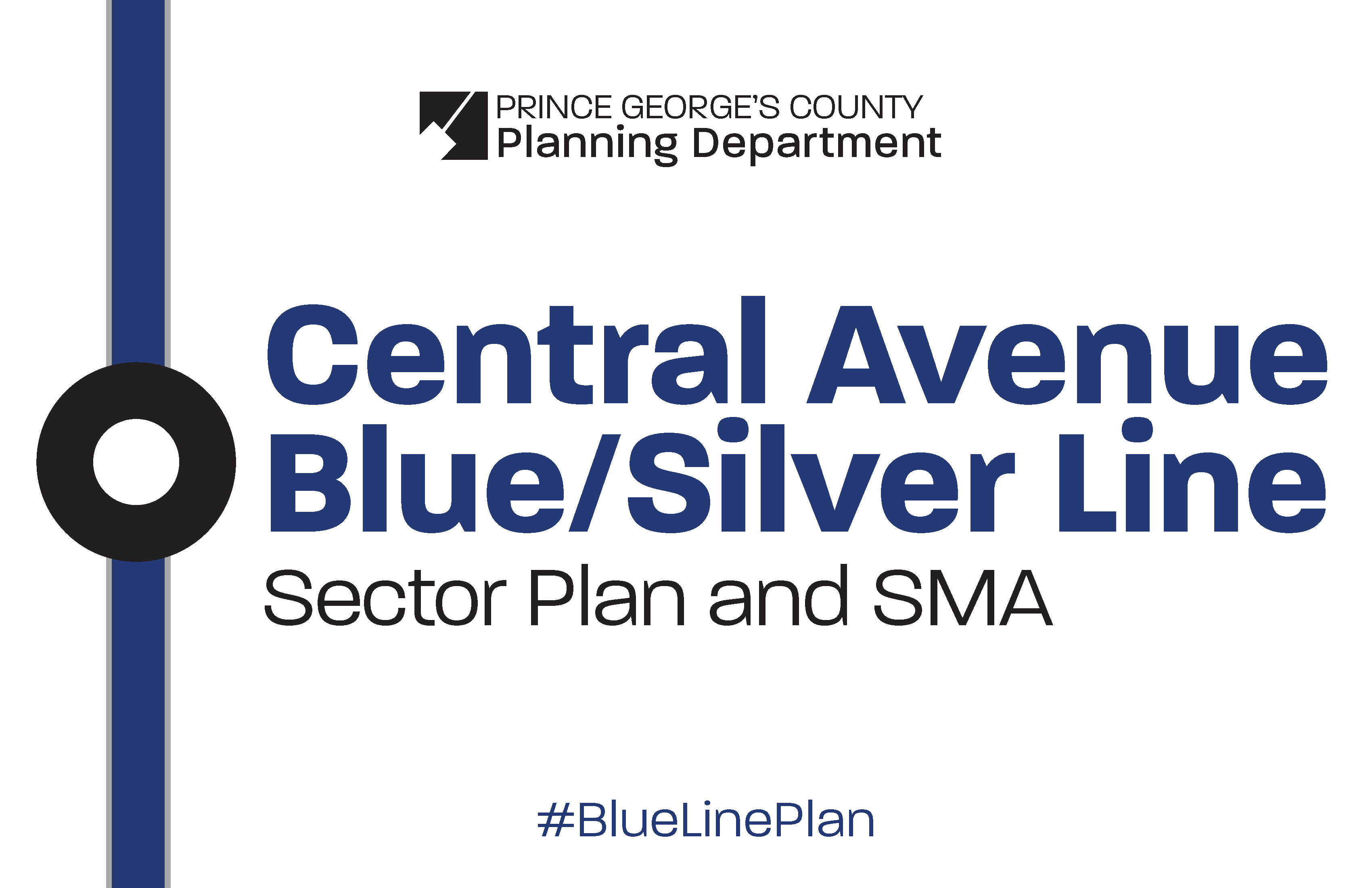

Central Avenue DRAFT Vision Statement
The critical first step in plan development is the creation of a vision statement. The vision statement tells us what something looks like at a point in the future. This plan area needs a unified and complementary vision to guide future development and address current community needs. What does the sector plan area look, feel, and sound like in 2050?
In the DRAFT Vision Statement document there are three levels of visions starting with the County vision, zooming in to the Sector Plan vision, and finally zooming in even more to the Local Transit Center visions.
- Level 1 is the approved County Vision. This is the vision written in Plan Prince George's 2035 (Plan 2035) that guides decision-making for the County as a whole. The level 2 and level 3 visions have to align with this vision.
- Level 2 is the DRAFT Sector Plan Vision. This is the vision drafted based on what we have heard from you, the community, through community input meetings and events as well as online feedback.
- Level 3 is the DRAFT Vision for each Local Transit Center within the sector plan boundary around the three Metro stations. These visions were drafted based on what we have heard from you, the community, through the creation of online wordclouds and community input meetings.
Instructions
Read through the document and watch the short instructional video by clicking on the video icon.
Consider the DRAFT level 2 (Sector Plan) and DRAFT level 3 (Metro) vision statements.
Provide your feedback in one of two ways:
1. Click on the clip board with a question mark icon and provide your responses to two questions:
- Do you see yourself and your community represented in this vision?
- What would you add or change about this vision statement?
2. If something in the document prompts a suggestion or question, click anywhere in the document to leave your comment.
Select English or Spanish version at the bottom of the page

Comments
View all Cancel